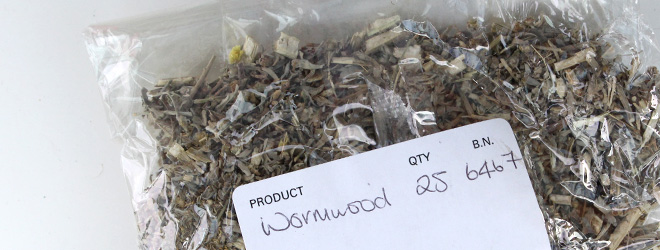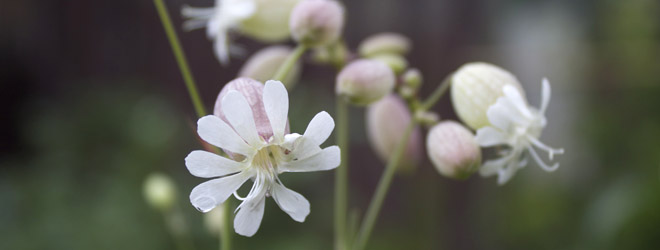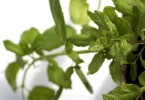It’s one of the favourite herbs among mixologists and possesses a bitter whiff of danger. Here’s the word on wormwood…
Wormwood? The bugs that are causing havoc with my old furniture? Surely you’re not steeping those critters in booze?
That’s woodworm. We’re talking about wormwood and, specifically, the variety artemisia absinthium.
No need to get all Latin on us. You’re growing this on the plot I assume?
Erm, no. While some types of wormwood are commonly used for flower borders we couldn’t get hold of any absinthium plants. So we tried growing some from seed. And failed.
Bah! That’s the end of that then. What’s next?
It’s not quite the end… happily we tracked down a herbalist with a dusty jar of dried wormwood and now we’re back in the game.
Good news. What can you make with the stuff?
Most famously, as its latin name implies, wormwood is the key ingredient of French philosophers’ favourite tipple, absinthe. Wormwood contains the potentially poisonous chemical thujone and is said to contribute to absinthe’s mythically hallucinogenic properties – which help make it one of the most notorious beverages around.
Fantastic! Bring on the green fairies!
Sadly, proper absinthe requires distilling, which is illegal. But I’m sure we will can explore some mock absinthe concoctions later.
That’s a shame. There must be more uses for it out there?
Indeed. Its bitter tang also makes it to the top of the ingredients list for that much loved cocktail-cabinet-essential vermouth. And as that’s a simple case of blending various flavours with regular wine (and a shot of something stronger) we’ll be brewing up a few experiments. It also finds its way into bitters and has been used as a hop substitute in beer.
Sounds like a plan. Maybe we’ll be seeing those green fairies after all…







